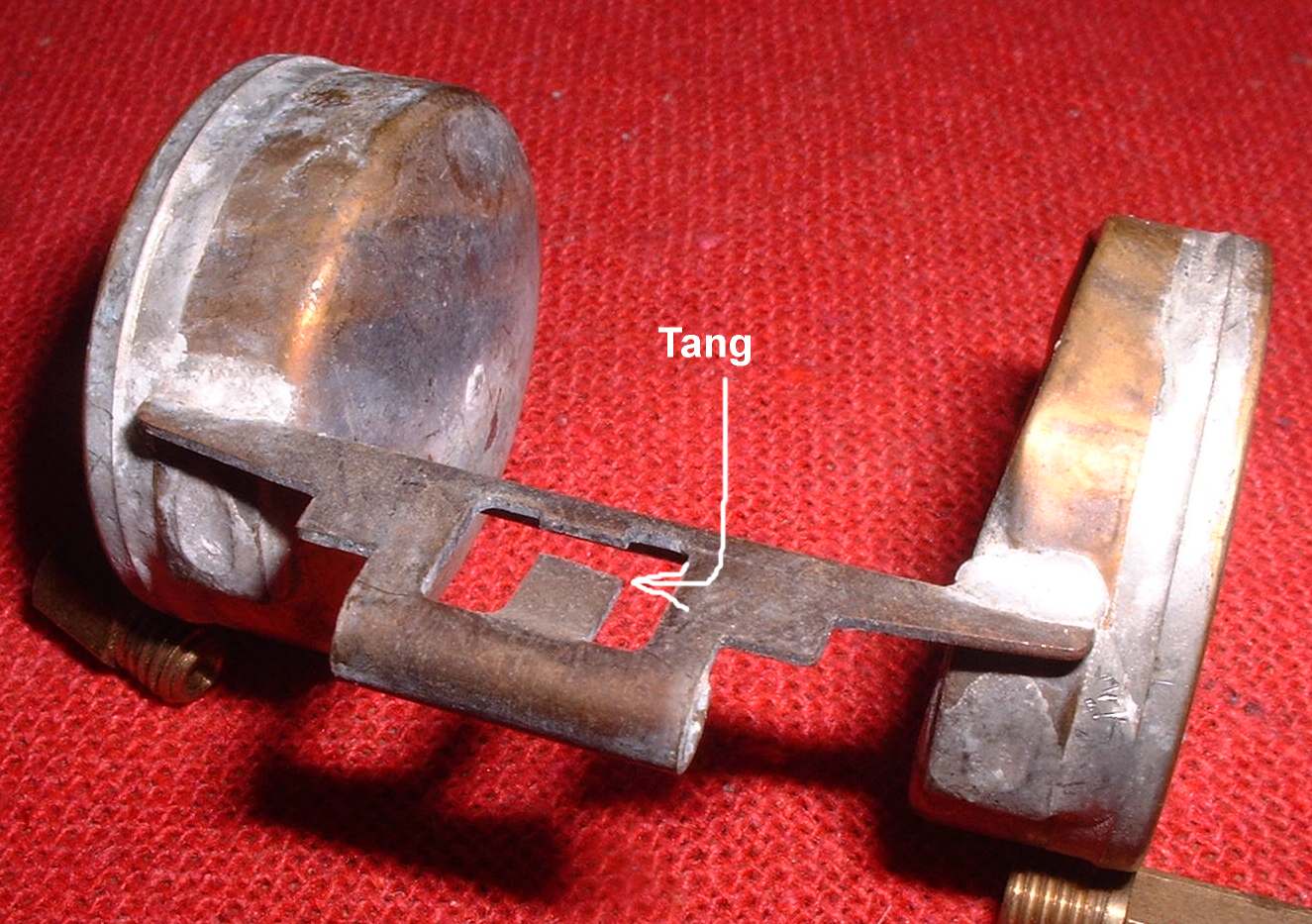Hi Guys thanks for getting back to me. I've had a negative reception in another forum.
The plugs have a layer of sut on them. I'm nowhere near experienced enough to clean the Pistons yet. A single cylinder bike is abouty level. The thought of the overhead cam scares me a little.
When it was running the plugs were a tan colour no sut.
I cleaned the bowls, main jets, pilot jets, air screws, checked that the floats actually still float. I did not remove the needle however. To clean I used carb cleaner all over. I was as gentle as can be with the jets, screws and floats. But more aggressive on the bodies and bowls. I used air to blow everything out .
Regarding the tangs on the floats I am not sure of what they are.
I may have pushed crud deeper into the circuit. I did not completely dismantle the whole unit.
Thanks again
D
Sooty plugs means that the mixture is now too rich. That could be due to lack of air flow (hence the question about your air filter), or just the need to adjust the idle air-fuel mixture screws.
I'd also recommend taking the air-fuel mixture screws out, cleaning all the components, and blowing out that circuit, just to be sure the seat you're feeling isn't affected by some blockage.
The float tang is the little metal tab on the float that makes contact with the float valve. The float valve has a little spring-loaded pin sticking out of its bottom end, which is what helps the valve push upward when the float's tang pushes it up from below (due to a full fuel level).
Here's a picture:

Oh, wait, that's not it. Here's the right one:

The spring-loaded valve pin will wear a divot into the little metal plate (the tang) that it constantly touches. That divot can cause the valve to get out of alignment and not seat properly, especially if you took the whole thing apart and upset the alignment between valve and float tang even by a tiny bit.
My advice is to take the carbs off again, check the float tangs for divot wear, and either file the divots out, or replace if necessary.
Also, it's not possible to see the circuits completely, even if you take it all apart 100%. Look at a cutaway diagram of your particular carb model to see what the fuel-flow paths look like. You can blow air and carb cleaner through them, and some people use little copper wires or plastic cleaning picks to get them really clean. A soak in an ultrasonic bath is the only way to be 100% sure.